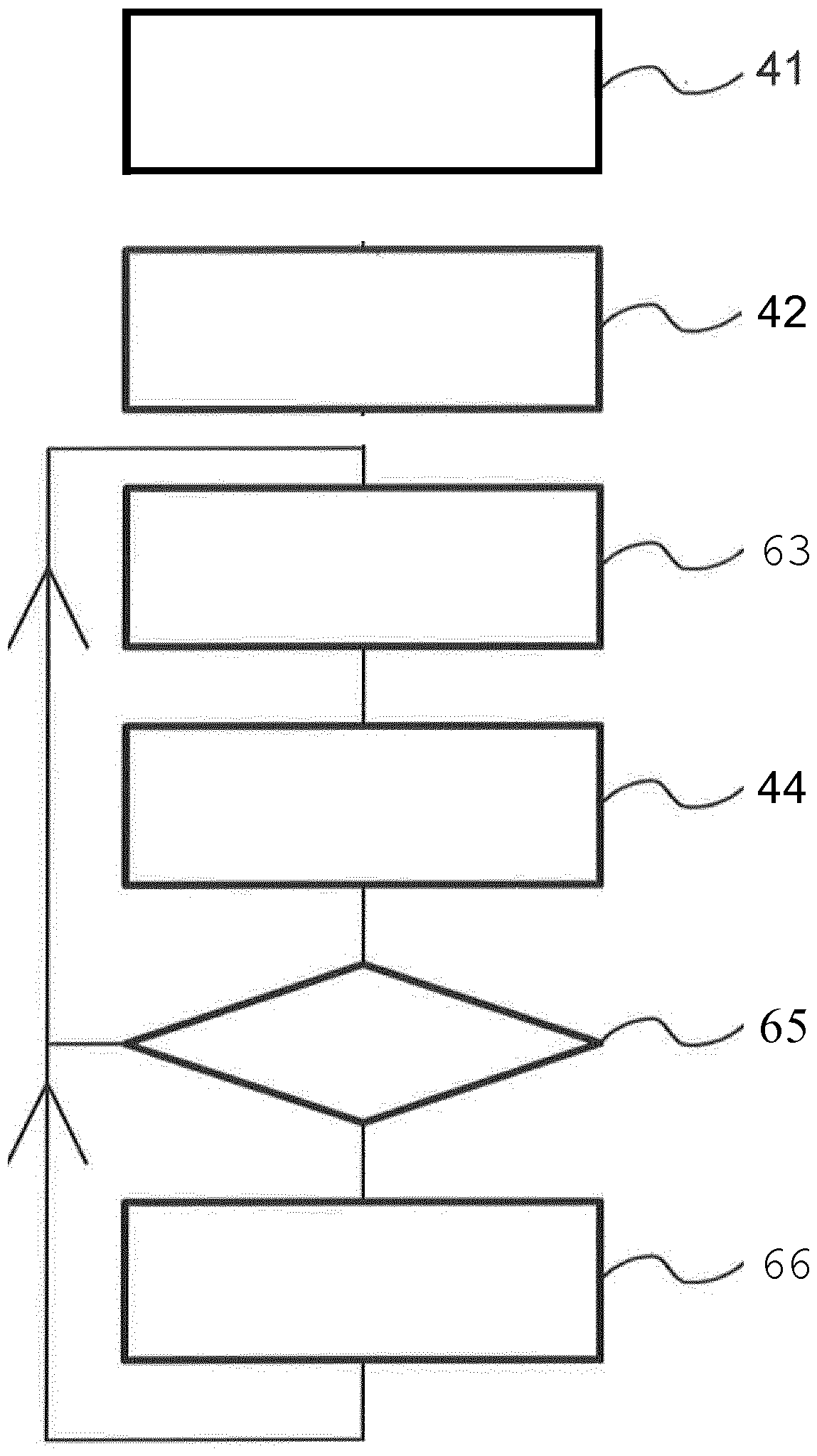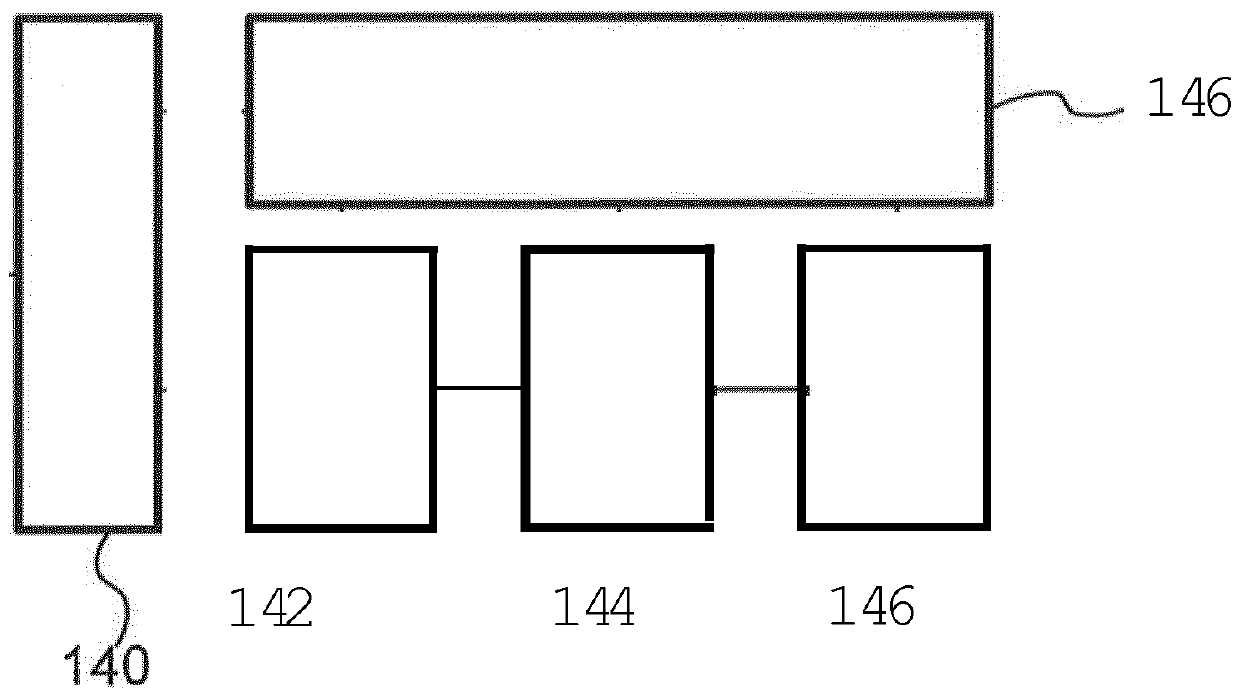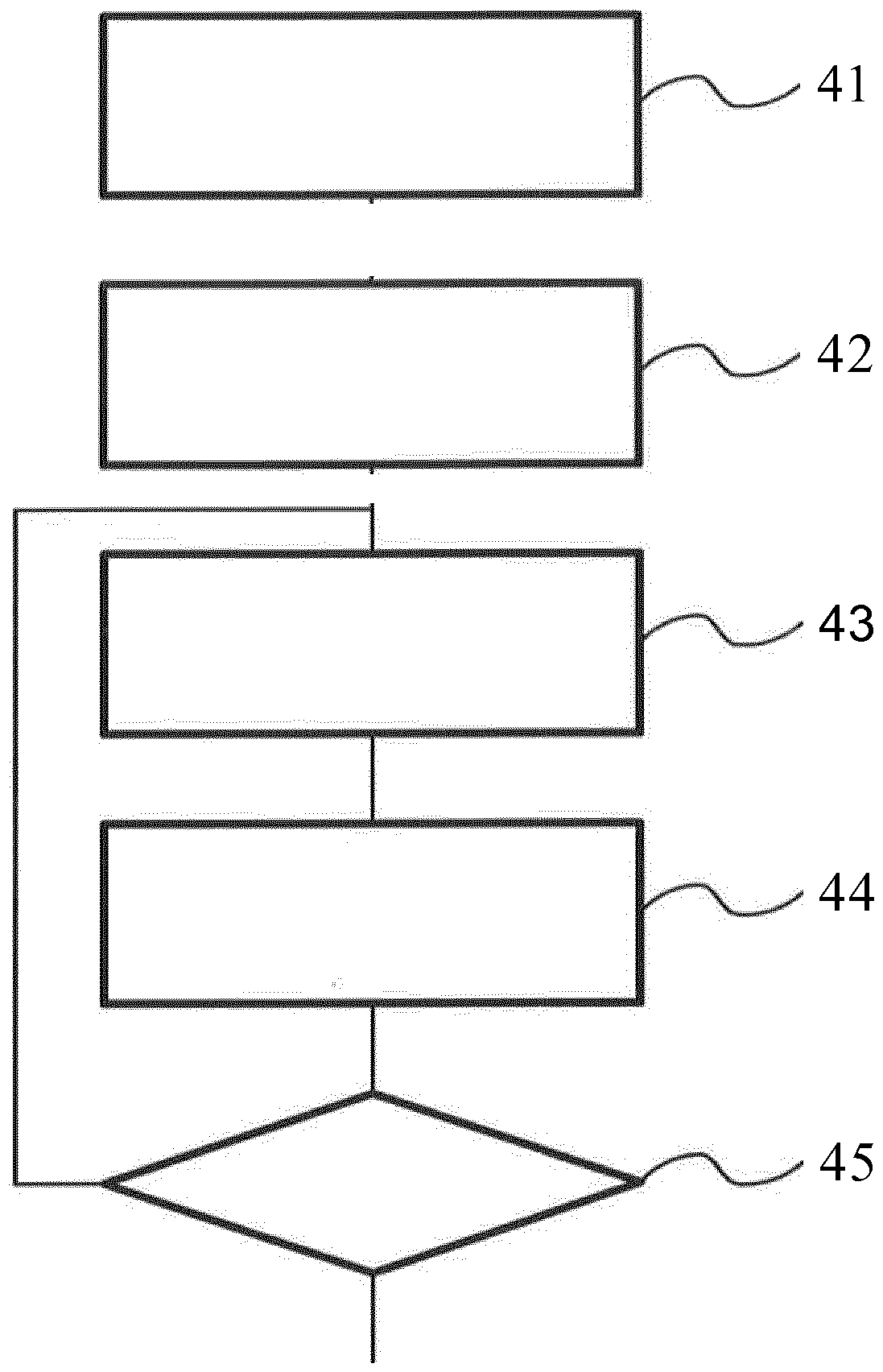Partial video decoding method, device and system
A technology for video and video streaming, which is used in digital video signal modification, selective content distribution, image communication, etc., and can solve problems such as low resolution
- Summary
- Abstract
- Description
- Claims
- Application Information
AI Technical Summary
Problems solved by technology
Method used
Image
Examples
Embodiment Construction
[0043] For the purposes of the present invention, the term video stream, when including encoded video data, refers to a bit stream which is the intended input of a decoder device. For example, it is intended to parse a bitstream for the purpose of decoding encoded video data embedded within it. This interpretation is consistent with what the term "bitstream" is understood in the technical field of encoding.
[0044] figure 1 An exemplary video delivery system is shown, including a network 10, a network source system 12, and a network destination system 14. Network source 12 includes storage system 120 , controller 122 and network interface 124 . Storage system 120 stores data representing encoded video streams. For example, the encoded video bitstream may be an HEVC encoded video bitstream. HEVC uses slices, which are portions of a video stream that are encoded independently of each other. In the described embodiment, slices are used such that each slice is associated wit...
PUM
 Login to View More
Login to View More Abstract
Description
Claims
Application Information
 Login to View More
Login to View More - R&D Engineer
- R&D Manager
- IP Professional
- Industry Leading Data Capabilities
- Powerful AI technology
- Patent DNA Extraction
Browse by: Latest US Patents, China's latest patents, Technical Efficacy Thesaurus, Application Domain, Technology Topic, Popular Technical Reports.
© 2024 PatSnap. All rights reserved.Legal|Privacy policy|Modern Slavery Act Transparency Statement|Sitemap|About US| Contact US: help@patsnap.com










